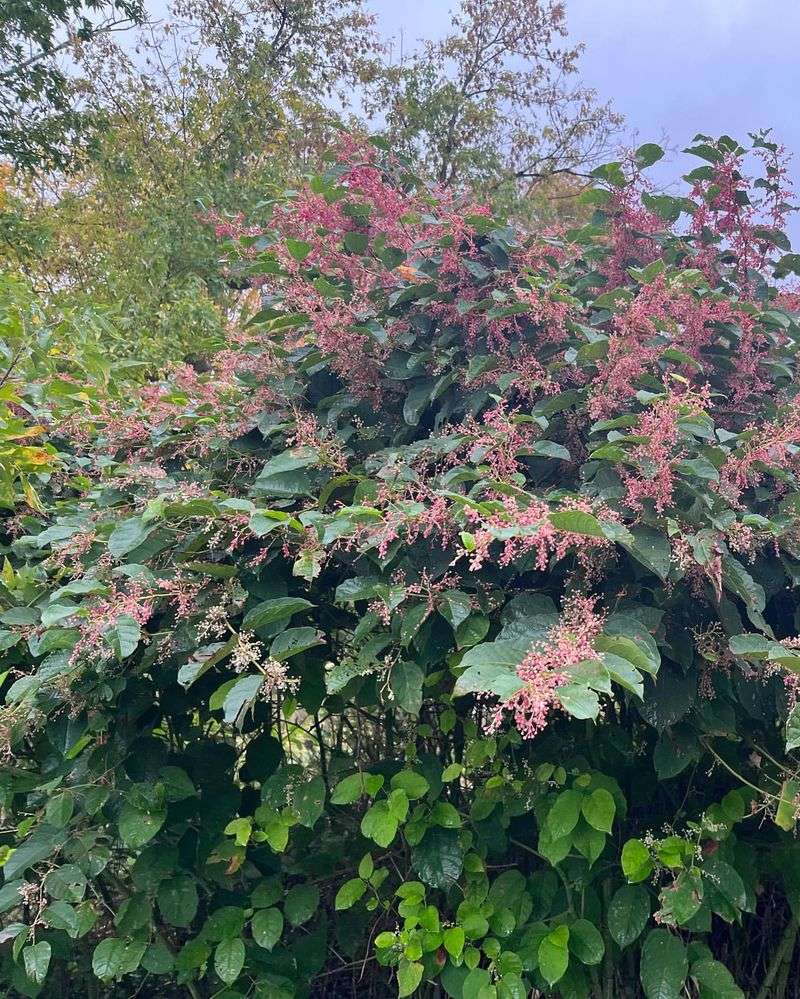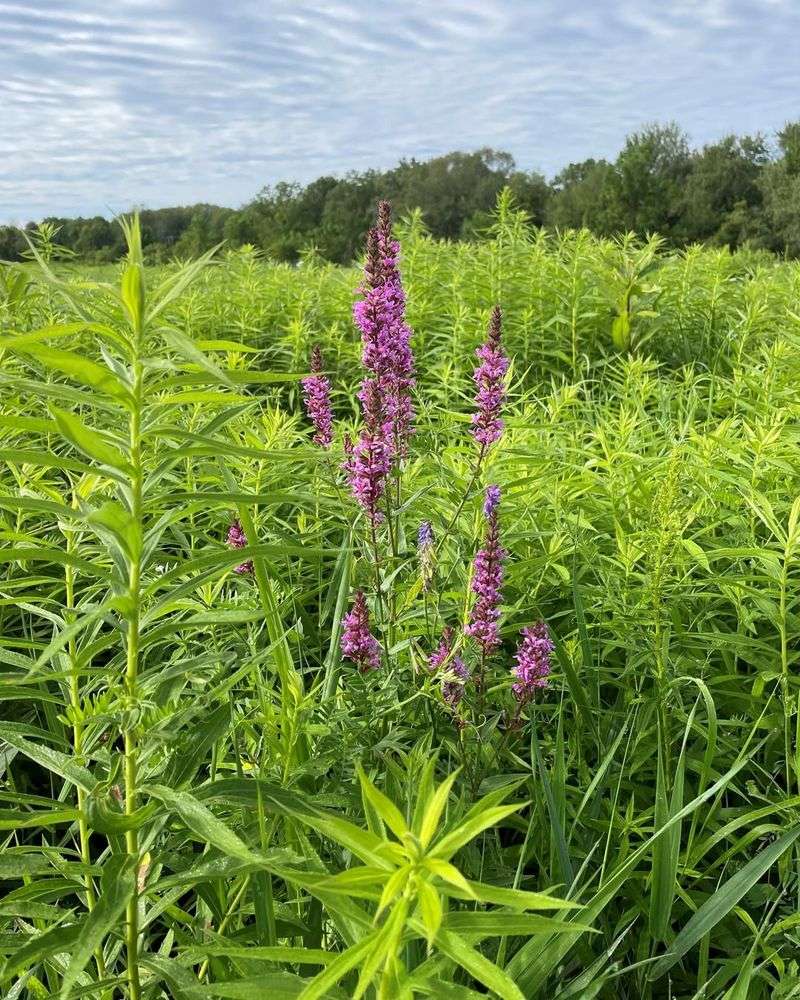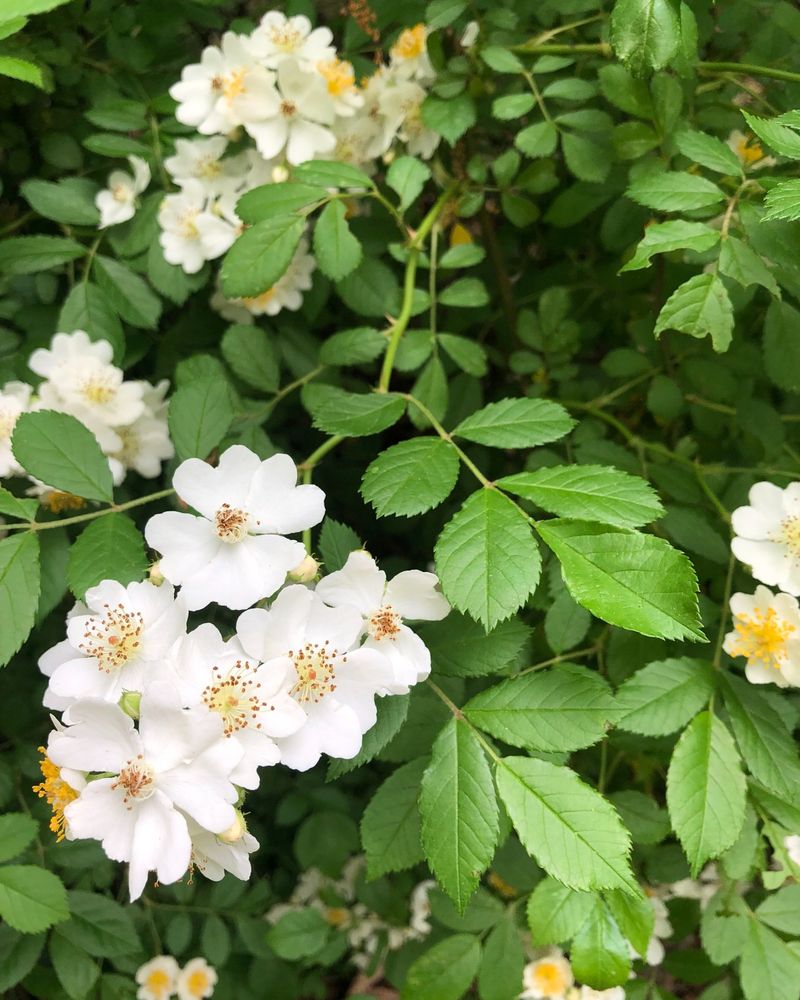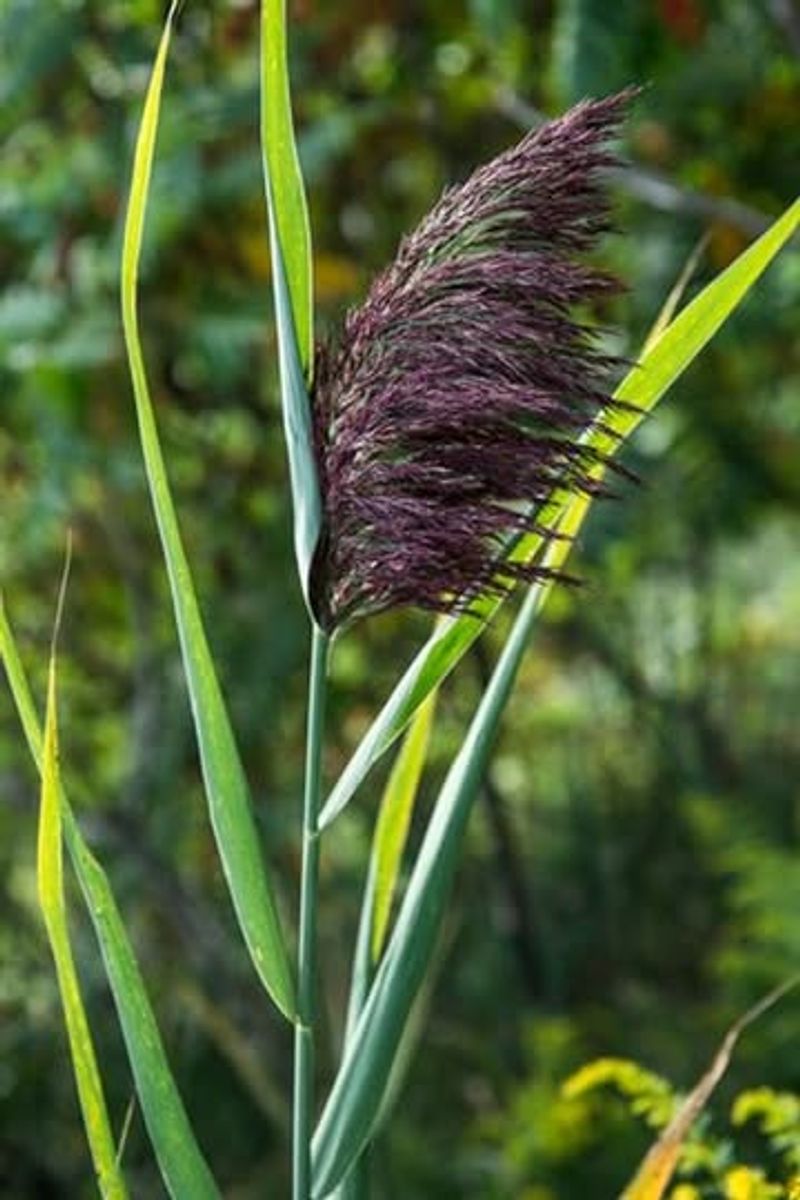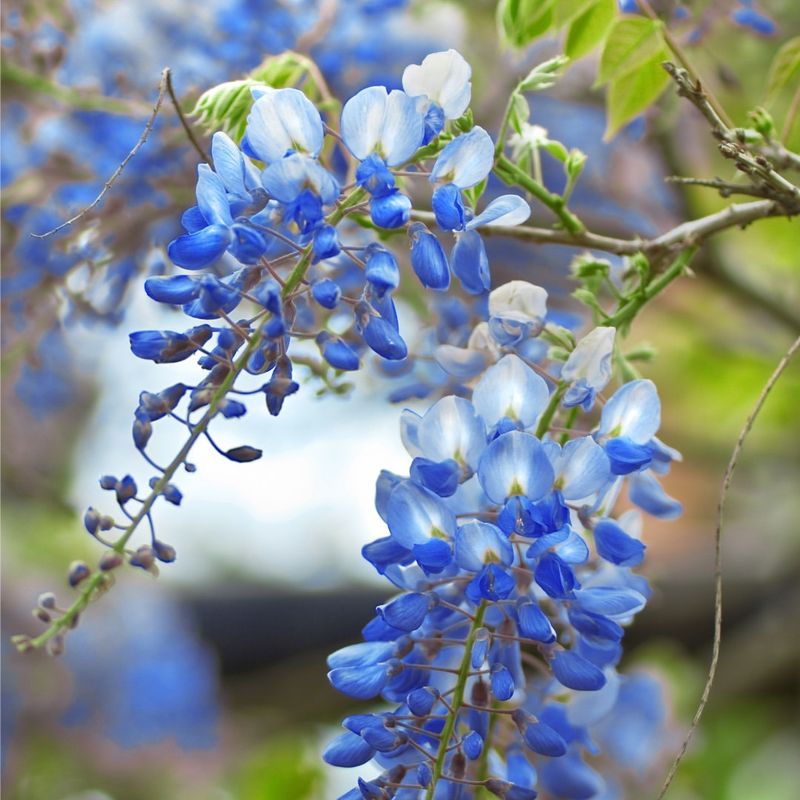Moving plants across state lines can feel as simple as packing a pot in the backseat, but Illinois takes certain species more seriously. Some plants can carry pests, diseases, or invasive traits that disrupt local ecosystems far faster than most gardeners realize.
The state maintains rules and watchlists to protect native forests, farmland, and neighborhood landscapes from unintended harm. For anyone relocating, gifting plants, or transporting cuttings, a little knowledge goes a long way. A few familiar favorites fall under closer inspection.
1. Japanese Knotweed
One of the most aggressive invaders in North America, Japanese knotweed spreads rapidly through underground roots that can crack foundations and damage pavement. Illinois classifies it as a noxious weed, meaning transporting it without proper authorization is illegal.
Landowners must report infestations and follow approved removal methods. Even tiny root fragments can spawn new colonies, making containment incredibly challenging.
Professional removal services understand the legal requirements and effective eradication techniques to prevent further spread.
2. Giant Hogweed
Standing up to 14 feet tall, giant hogweed looks impressive but carries a dangerous secret. Its sap contains toxic chemicals that cause severe skin burns and blistering when exposed to sunlight.
Illinois law prohibits transporting this plant due to both health hazards and its invasive nature. Contact with the sap can lead to painful reactions lasting weeks or even permanent scarring.
If you spot giant hogweed, report it to local authorities immediately and never attempt removal without protective gear and proper training.
3. Purple Loosestrife
Beautiful purple spikes might catch your eye in wetlands, but purple loosestrife destroys critical habitats for native wildlife. Each plant produces millions of seeds annually, choking out beneficial vegetation that waterfowl and other animals depend on.
Illinois restricts its transport to prevent further ecological damage. Native alternatives like blazing star provide similar beauty without environmental harm.
Garden centers occasionally sell it unknowingly, so always verify plant identities before purchasing wetland species for your property.
4. Multiflora Rose
Originally promoted for erosion control and livestock fencing, multiflora rose became a nightmare for Illinois landowners. Dense thickets form impenetrable barriers that crowd out native plants and reduce pasture quality for grazing animals.
Sharp thorns make removal difficult and painful work. State regulations now prohibit its sale and transport because of widespread problems across agricultural lands.
Biological control methods using natural enemies show promise, but mechanical removal remains the most reliable eradication approach for established populations.
5. Common Buckthorn
Forests across Illinois suffer from buckthorn invasion, which creates monoculture stands that exclude native wildflowers and tree seedlings. Birds spread the berries widely, but the fruit actually provides poor nutrition compared to native alternatives.
Transporting buckthorn violates Illinois noxious weed laws designed to protect forest health. Its early spring leaf-out and late fall leaf retention give it unfair competitive advantages.
Removal requires cutting stems and treating stumps with herbicide to prevent aggressive resprouting from root systems.
6. Flowering Rush
Aquatic gardens might feature flowering rush for its attractive pink blooms, but Illinois waterways pay the price when it escapes cultivation. Dense underwater stands block sunlight needed by beneficial aquatic plants and disrupt fish spawning habitats.
State permits are required for any transport to prevent accidental introduction into new water bodies. Fragments easily break off and establish new colonies downstream.
Native water plants like arrowhead offer similar ornamental value without threatening ecosystem balance in ponds and streams.
7. Phragmites (Non-native)
Towering reed stands along Illinois wetlands often consist of invasive phragmites rather than beneficial native varieties. Non-native phragmites creates monocultures that reduce biodiversity and degrade wildlife habitat quality significantly.
Distinguishing invasive from native phragmites requires expert knowledge, making transport regulations complex. Genetic testing sometimes becomes necessary for proper identification.
Restoration projects focus on removing invasive phragmites and replanting native wetland species to restore ecological function and support diverse animal communities throughout the region.
8. Spotted Knapweed
Roadsides and prairies face invasion from spotted knapweed, which releases chemicals that poison surrounding plants and monopolize resources. Each plant produces thousands of seeds that remain viable in soil for years, making control efforts frustratingly difficult.
Illinois restricts knapweed transport to slow its spread across valuable agricultural and conservation lands. Livestock generally avoid eating it, reducing pasture productivity.
Integrated management combining mowing, herbicides, and biological control insects offers the best hope for reducing established populations over time.
9. Kudzu
Often called “the vine that ate the South,” Kudzu is notorious for its rapid growth and ability to cover entire landscapes. Its impressive expansion rate poses a threat to local ecosystems, smothering native vegetation.
In Illinois, transporting Kudzu demands a permit due to its invasive potential. Without careful management, it can disrupt local flora, leading to significant ecological imbalance.
Cultivating Kudzu without proper oversight can lead to severe agricultural and environmental consequences. Thus, regulations ensure that this fast-growing vine is controlled and monitored closely for any signs of spreading.
10. Chinese Wisteria
With its enchanting purple blooms, Chinese Wisteria is a popular ornamental plant. However, its beauty masks a more aggressive nature, as it can quickly overtake native plants.
In Illinois, permits are needed to transport Chinese Wisteria because of its invasive tendencies. When unchecked, it can strangle trees and bushes, affecting local biodiversity.
Gardeners must exercise caution when cultivating this vine, ensuring it does not escape into nearby wild areas. Proper care and permits help maintain ecological balance while enjoying its beauty.


